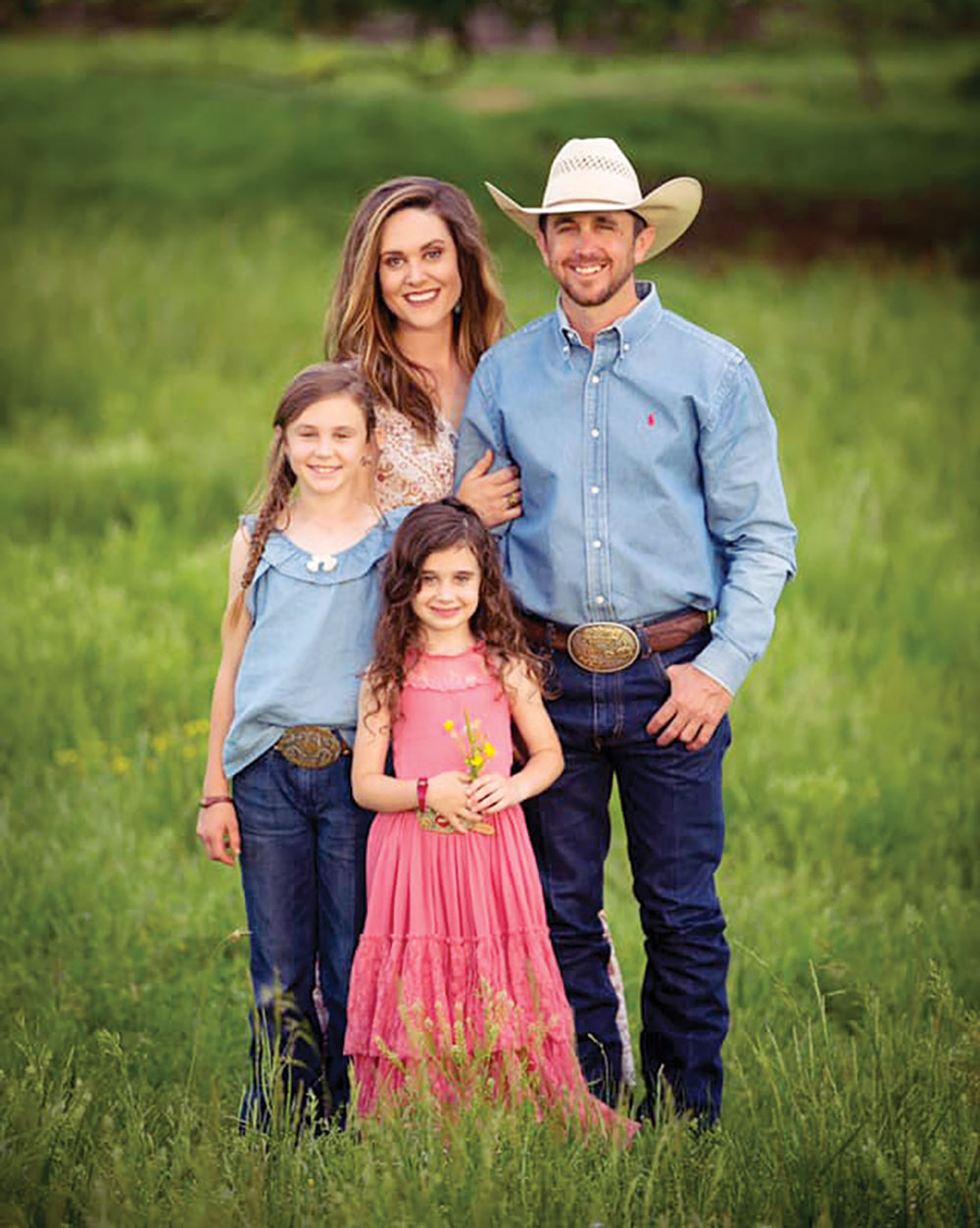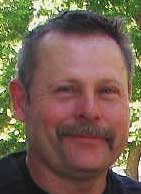 Colby Cunningham started a growing yard so he could build his own ranch
Colby Cunningham started a growing yard so he could build his own ranch
The old saying “starting from scratch” applies to Colby and Rachel Cunningham’s ranch in a slightly different form; starting from a starter yard.
“If I ever did one smart thing, it was building the grow yard first,” Colby said.
Fresh out of college in his 20s, Colby knew he would need a cash flow source to buy a ranch. A starter yard is a labor intensive service for weaned cattle where they are worked, vaccinated, nursed back to health – if necessary – and started on feed. Contractors bring the calves to the yard where they stay 45 days. Today, the Cunninghams have 1,722 yearlings on the starter yard, 300 of which are their own. The company cattle on the yard are bought, not raised.
“Colby is the starter yard,” Rachel said. “That’s his ‘town job.’”
“I like working at the grow yard,” Colby said. “It’s stressful, but I like making cattle healthy and seeing that growth.”
After a few years of working the starter yard, the Cunninghams began looking for their own ranch. It was difficult to find one in the area they could afford. One near Rachel’s hometown of Adair, Okla., was particularly appealing and they looked at it many times.
“If we could’ve moved the grow yard to that ranch, we could’ve made it work,” Colby said.
Unfortunately, the starter yard was already established near Colby’s hometown of Rose, Okla., where his family lives on a historic ranch. He is the fourth generation to be raised there.
There was a continuous piece of land, 1,206 acres, very close to the starter yard, just down the road from the family ranch for sale, but it was rough and rocky.
“We went to look at it, and you couldn’t drive across most of it,” Rachel said. Still, if the land could be cleared and seeded, Colby thought it would be a good place to run cows. After much negotiation and some time, the Cunninghams bought the land, cattle, equipment and a stockpile of hay. They sold the cattle and land clearing began. Oldtimers who had lived in the area a long time told Colby it couldn’t be done.
“We burned it before we ever dozed,” Colby said. “We put an I beam drag behind the dozer to get the timber. You go across it one way and then the other. We used a brush rake to get it into decks and burned them.”
Using a giant roller filled with water, the ground was leveled and the many rocks pressed down. “We used a 14-foot box scraper to fill the big holes from the trees,” Colby said. “Basically you do that going in concentric circles. Then we seeded it in Bermuda, except for a few acres around our house we put wheat and rye because it was getting late in the year; and chicken litter. We’ve used lots of chicken litter. We keep the litter on it and hope it will all come back volunteer this year (it will be the third one). If it doesn’t, we’ll probably broadcast some more seed.”
From the first heifer they bought, the Cunninghams have grown to 614 commercial cows.
“They’re all 4-year-olds so we haven’t had to keep any replacements yet,” Colby said.
There are three sets of cows. Red Angus cows are bred to a Priefert Red Angus bull. Black baldie cows are out with Angus bulls from Jack’s Ranch and Express Ranches. The black cows, the Four Sixes herd, are with a Langford Hereford bull. All are bred to calve in the spring.
Colby said his main criteria when looking at a bull’s numbers are weaning weight and yearling weight. Since his cows are mature, birthweight is not a big consideration.
“With Angus bulls, any mature cow ought to be able to calve with no trouble,” Colby said. “When I have to start keeping some replacement heifers, I might look at that birthweight number more. My main thing has been soundness. The ground is rough and bulls get crippled. But I guess when I’m selecting bulls I still am more concerned with phenotype than genotype.”
The calves will all go to the grow yard after weaning to be sold by Superior Livestock.
Colby said he’s worried about young people staying in the business.
“My youngest customer (at the starter yard) is in his 40s and the oldest one is 83,” he said. “In this whole area there is only me and one other grow yard.”
When the calves come in the spring, there is a dragging at the ranch with much neighboring, good food and fellowship. Until now it has been done in two very long days, but Colby thinks the next one might be three.
“Last year on the first day they didn’t know it, but we drug 366 calves and worked 366 cows.”
The Cunninghams have two daughters, 6-year-old Claire and 10-year-old Clancy who love the ranch life. Both are already top showmen. Clancy got a reserve grand champion heifer title at Mayes County Fair and division winner with her Angus at Tulsa State Fair. Claire won grand champion mini-Hereford heifer at Tulsa this year. With both girls in school, Rachel has taken the guidance counselor job at Locust Grove, Okla.
Ranch life has come full circle. Colby and Rachel met showing animals as FFA members at the county fair. They didn’t know it then, but together they would start a ranch from a starter yard.







